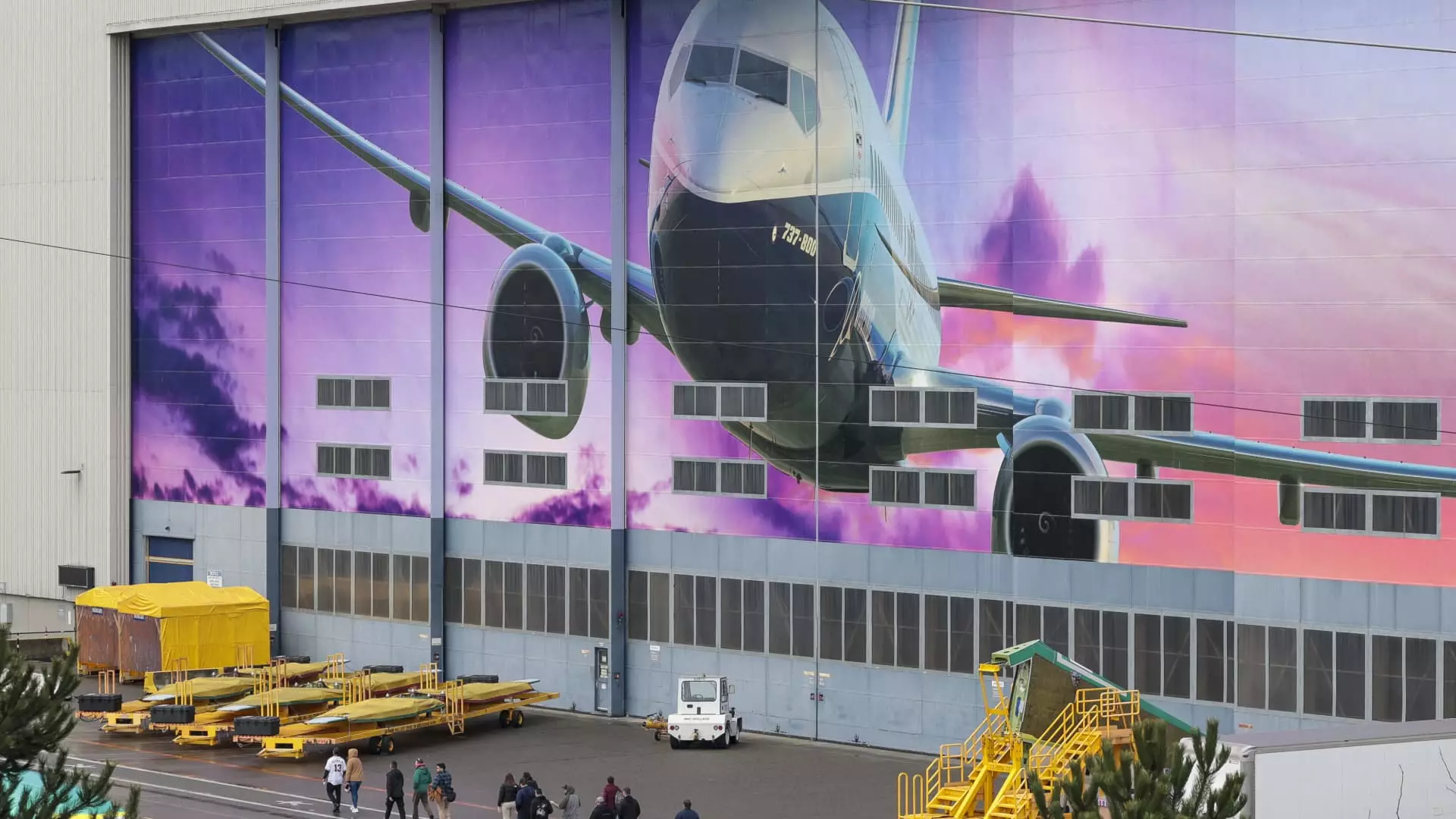Boeing’s recent financial stability signals not merely recovery for the aerospace titan but a potential renaissance for American manufacturing as a whole. With the company’s cash burn reportedly easing, the financial commitments become less strenuous, allowing Boeing to regain footing after years of tumultuous production and safety challenges. In an economic landscape where many view manufacturing as floundering, Boeing’s trajectory presents a promising counter-narrative, projecting a future where innovation thrives alongside fiscal prudence.
A Silver Lining Amidst Crisis
As CFO Brian West articulated at a recent investor conference, the improvement perhaps totals “hundreds of millions” in savings. This statistic doesn’t just reflect a number on a balance sheet; it suggests a larger paradigm shift within Boeing. To see cash burn drop after staggering losses—over $14 billion last year—is no small feat. It demonstrates a company that is willing to scrutinize every dollar spent; an attribute that should resonate not only with shareholders but with American citizens who crave economic resilience.
Boeing has a history steeped in success and struggles, making its path forward even more critical as it grapples with safety and production goals. For the first time in years, the optimism within the company is palpable, particularly reflected in a near 7% rise in stock value following these positive forecasts. The market responds enthusiastically when businesses like Boeing show they can adapt and recover.
Production Goals: A Steady Climb Back
Boeing’s ambitions to increase its output, particularly of the 737 Max, positions it firmly on a path toward recovery and reestablishes confidence. The goal of delivering 38 737 Max aircraft monthly alongside climbing production of the 787 Dreamliner speaks volumes about the company’s foresight and planning. This aims not only to satisfy immediate demands but also to bolster the fundamental architecture of American aircraft production.
Moreover, the company’s capacity to navigate the aftermath of disruptions, including labor strikes and manufacturing bottlenecks, highlights resilience. While the FAA’s limitations on production reflect a cautious regulatory environment, West’s assurance that these challenges can be managed suggests a deeply integrated operational strategy that prioritizes safety without sacrificing efficiency.
Trade Tensions: Navigating Uncertainty
However, not all is smooth sailing. The specter of proposed tariffs looms large over Boeing, and while West dismisses immediate threats from political upheaval, the long-term implications are undeniable. Trade policies can have chilling effects on innovation and competitiveness—legacies that many industries struggle to shake off. Yet, what Boeing symbolizes is a determination to not merely react but to thrive within these uncertainties. Their ability to pivot in response to trade dynamics demonstrates a forward-thinking policy approach that is crucial in today’s global market.
In an era where American manufacturing has faced tremendous pressure, Boeing’s resurgence stands not just as a recovery story but as a beacon of hope for the broader industrial landscape. With strategic financial management, ambitious production goals, and deft navigation through complex political challenges, Boeing exemplifies how resilience can sculpt the future of American industry, giving rise to new possibilities that extend beyond the company itself.

